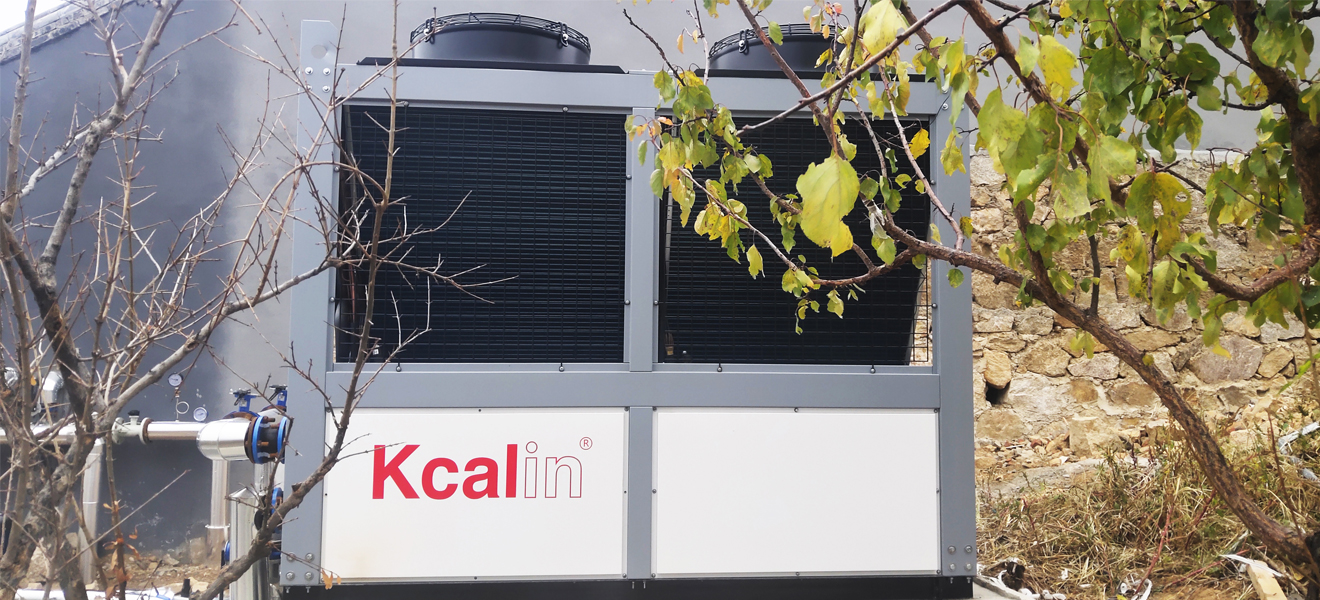Low temperature air source heat pump is a device that can provide heating and cooling at lower temperatures. Its working principle is based on the collection, transmission, and conversion of air thermal energy, which has the characteristics of environmental protection, energy conservation, and efficiency. Below is a detailed introduction to the working principle and installation precautions of low-temperature air source heat pumps.
The working principle of low-temperature air source heat pumps is basically the same as that of general air source heat pumps, except that they can still operate in lower temperature environments. The basic principle is to use the heat energy in the air to convert it into high-temperature hot water or high-temperature hot air through physical principles such as compression and expansion, for heating, cooling, and hot water preparation.
The specific workflow is as follows:

The heat pump consists of four parts: evaporator, compressor, condenser, and expansion valve.
In a low-temperature environment, the heat in the air is absorbed and exchanged with the refrigerant through the evaporator, causing the refrigerant to evaporate.
After the compression effect of the compressor, the temperature and pressure of the refrigerant increase.
In the condenser, high-temperature and high-pressure refrigerant exchanges heat with hot water or hot air, causing the refrigerant to condense into a liquid state.
After the pressure reduction effect of the expansion valve, the temperature and pressure of the refrigerant decrease, and it enters the evaporator again for recycling.
Installation precautions for low-temperature air source heat pumps
Equipment selection: The selection of low-temperature air source heat pumps requires comprehensive consideration based on factors such as the required heating and cooling area, climate conditions, water source conditions, etc., and the selection of suitable models and specifications.
Installation location: The heat pump should be installed in a well ventilated, dry, free from accumulated water, odors, dust, corrosive gases, and chemicals, while considering convenience for maintenance, replacement, and upgrading.
Pipeline layout: The pipeline layout between the heat pump and the heating and cooling systems should be reasonable and compact, and the length and number of bends of the pipeline should be minimized as much as possible to reduce the resistance and energy consumption of the system.
Power connection: The low-temperature air source heat pump needs to be connected to the power supply, so it is necessary to select a suitable power line during installation. The power line should comply with Electrical safety standards and be wired by professionals.
Shockproof treatment: Heat pumps can generate certain vibrations during operation, so shockproof treatment should be carried out during installation to reduce the impact of vibration on the equipment.
Drainage design: The heat pump will generate a certain amount of water vapor during its operation, so a reasonable drainage system needs to be designed during installation to ensure the normal operation of the heat pump.
Anti freezing measures: Low temperature air source heat pumps are prone to freezing in cold environments, so corresponding anti freezing measures need to be taken, such as installing heaters on external units and using anti freezing agents.
Operating Instructions: After installation is completed, detailed operating instructions need to be provided, including equipment usage, maintenance, troubleshooting methods, etc., to help users use and maintain the equipment correctly.
Low temperature air source heat pumps have broad application prospects in the fields of heating and cooling, and their environmentally friendly, energy-saving, and efficient characteristics are receiving increasing attention. During installation, attention should be paid to the selection of equipment, installation location, pipeline layout, power supply connection, shockproof treatment, drainage design, antifreeze measures, and operating instructions to ensure the normal operation and service life of the equipment.







Comment